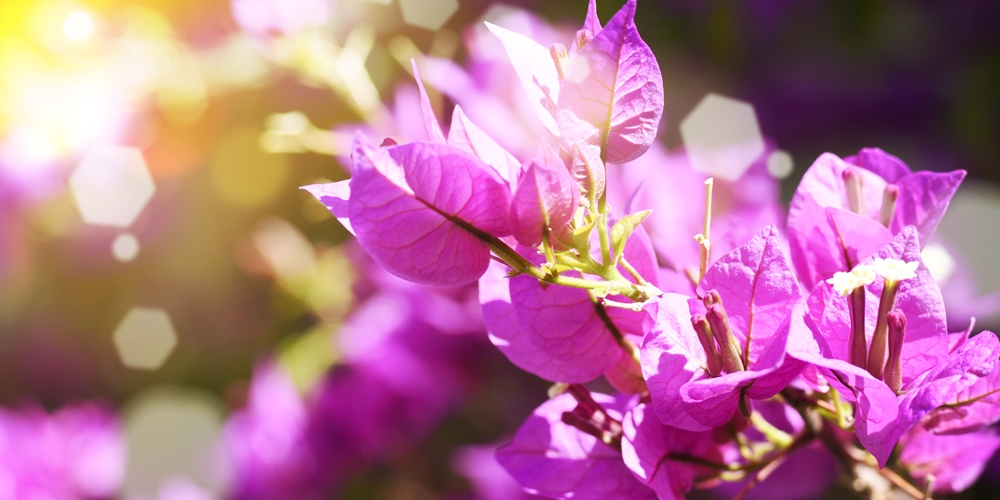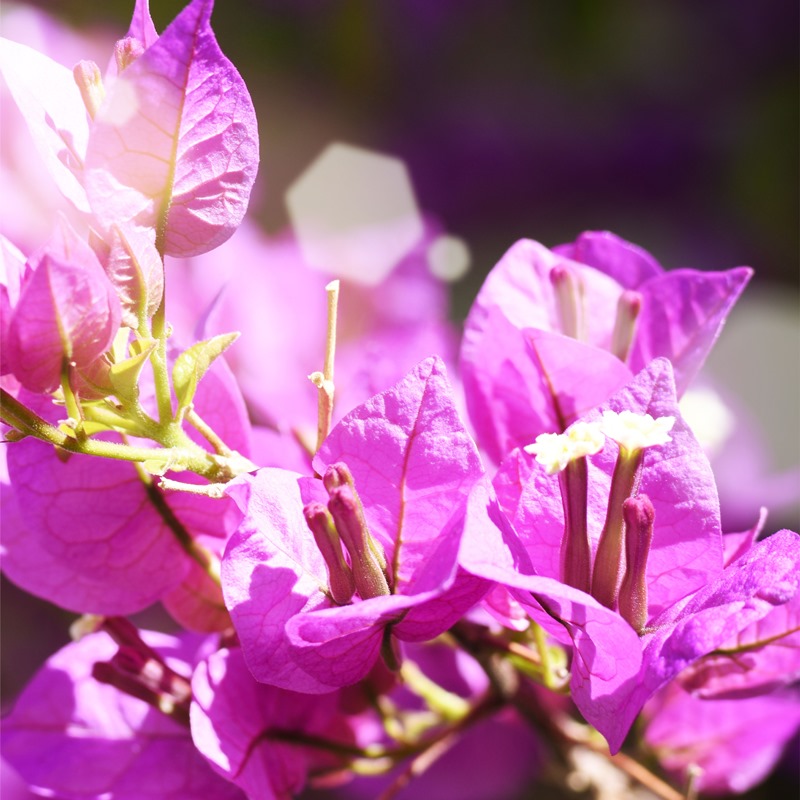
Flowers are nature’s communication tool, and the art of understanding its language is very much part of many cultures, traditions and heritage. In today’s modern world, gifting of flowers alone at any occasion is considered mundane and to some people, a low effort gift. However, this is only true for those who do not know the language of flowers.
In ancient times, both western and eastern cultures gave great importance to floriography, also called the language of flowers, as a method of expressing one’s self to another. While perhaps not as widely used in everyday life in present times, understanding the meanings of flowers is still considered a sign of sophistication and crucial to understanding fine art and literature.
In eastern civilisations, flowers had deep significance in poetry and art, symbolising virtues and well wishes. In western society during the Victorian era, flowers were used to send messages from giver to recipient as a subtle way to imply intent without speaking it – both in courtship and later on, covert correspondence in military intelligence.
As a simple guide, here are some examples to some of the most significant flowers used in gifts:
Eustoma: This flower has several meanings. Its name is derived from the Greek words ‘eu’ meaning ‘goodness’ and ‘stoma’ meaning ‘mouth’. With its literal translation means ‘good mouth’, gifting someone with Eustoma flowers is an act of “speaking” your appreciation and admiration of the recipient. The flower also conveys wishes of friendliness, peace and happiness for a lifetime.
Roses: A classic flower that is most associated with various forms of love – ‘eros’ meaning romantic love, ‘philia’ meaning friendship, ‘storge’ meaning love for family and ‘agape’ meaning unconditional love and love for all. Red roses are traditionally associated with romantic love, while a light pink rose represents femininity, elegance and sweetness. A hot pink rose conveys gratitude, appreciation, and recognition – which generally makes it a must-have flower to say ‘thank you’ on Mother’s Day. Yellow roses typically represent friendship, but can also convey joy and caring.
Eucalyptus: Derived from the Greek words ‘eu’ meaning ‘goodness’ and ‘kalypto’ meaning ‘covered’ in reference to the cap-like leaf around the flower buds which protects it until it blooms. Due to that specific nature, eucalyptus naturally represents strength and protection.
Sunflowers: This flower carries religious significance in some cultures around the world, as it is associated with worship and faithfulness due to its resemblance to the sun. They also represent the desire to seek spiritual knowledge, light and truth. In Chinese culture, sunflowers are often given at graduation or when a new business opens as they symbolise good luck, lasting happiness and wisdom in making good decisions.
The next time an occasion arises where gifting flowers is appropriate – be it a graduation, Mother’s Day or Father’s Day – consider taking the time to pair flowers that best represent the wish you want to convey.
Copyright Statement This article and video is original content created by Xiao En website, to whom the copyright belongs to. The content should not be reproduced without permission, otherwise it will be regarded as infringement. Xiao En reserves the right to pursue legal action against unauthorised use of the content.



